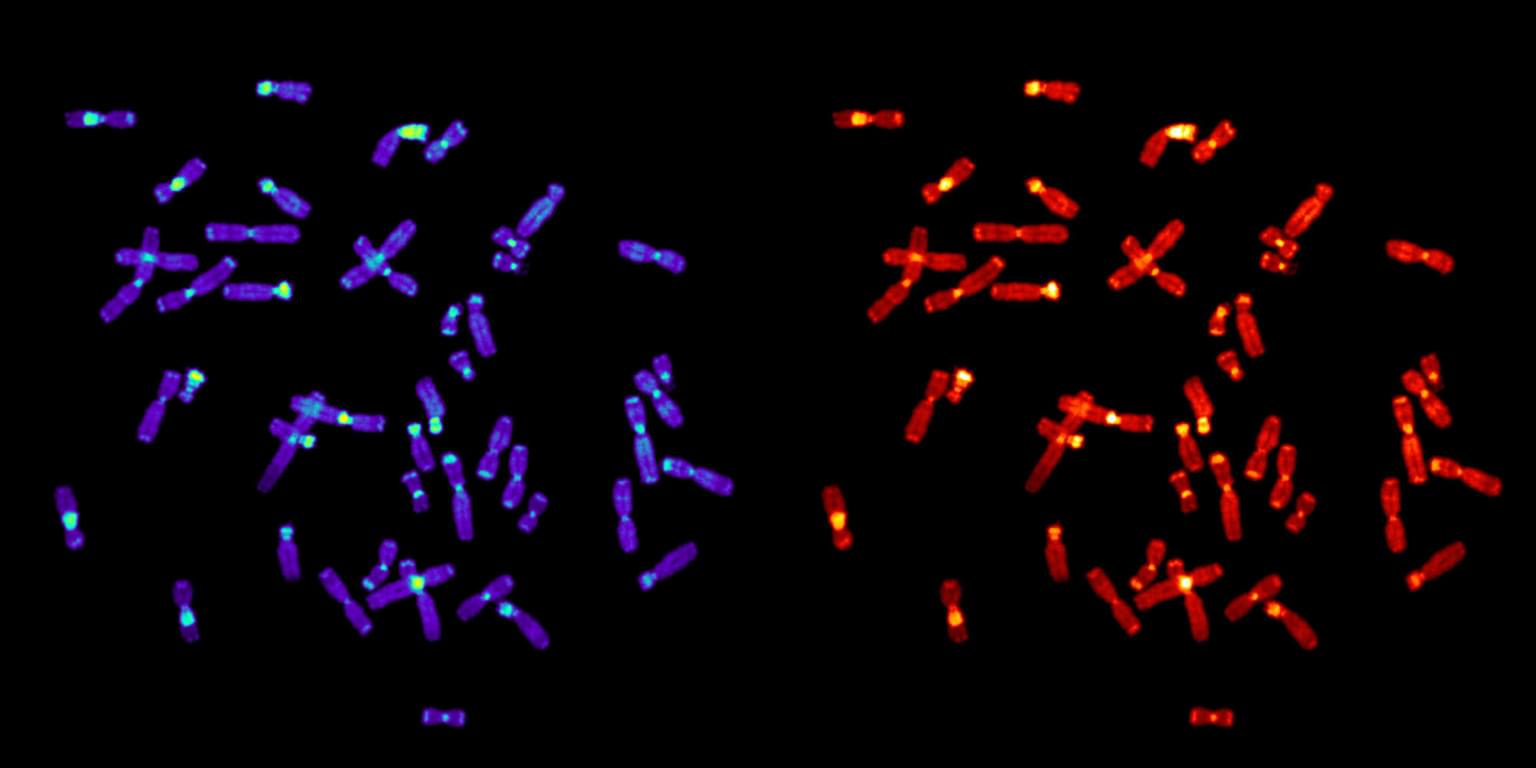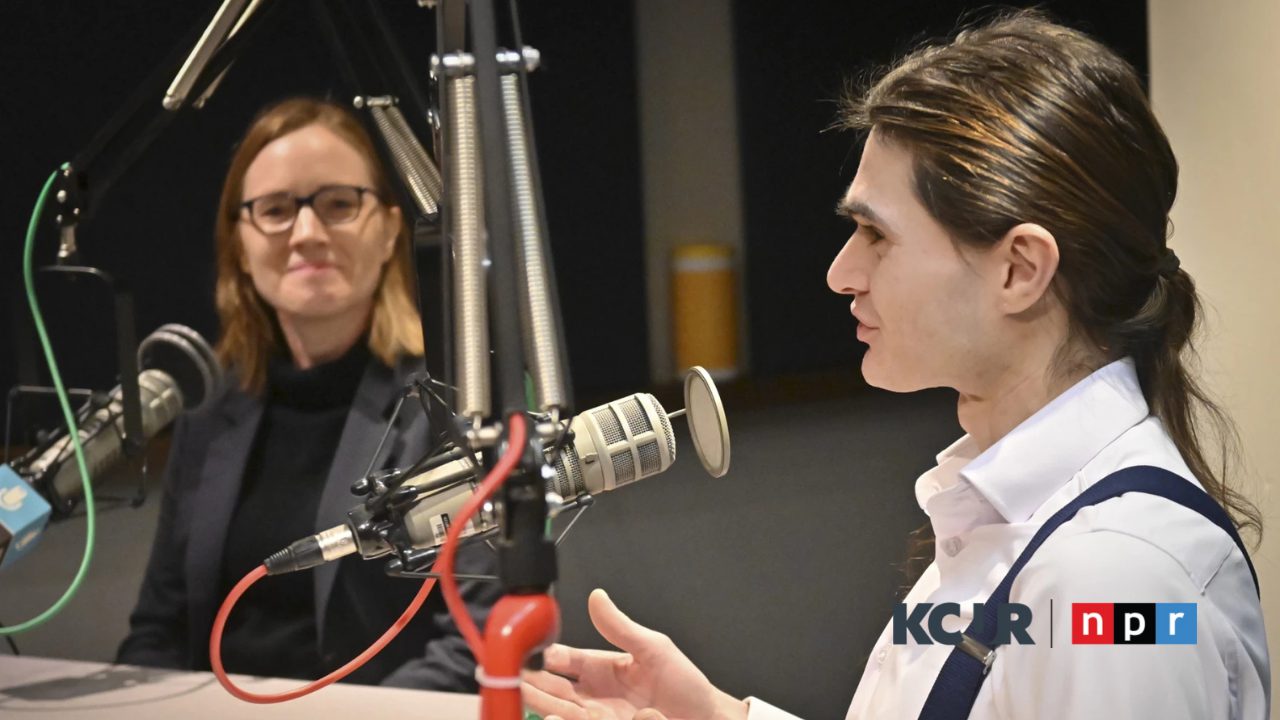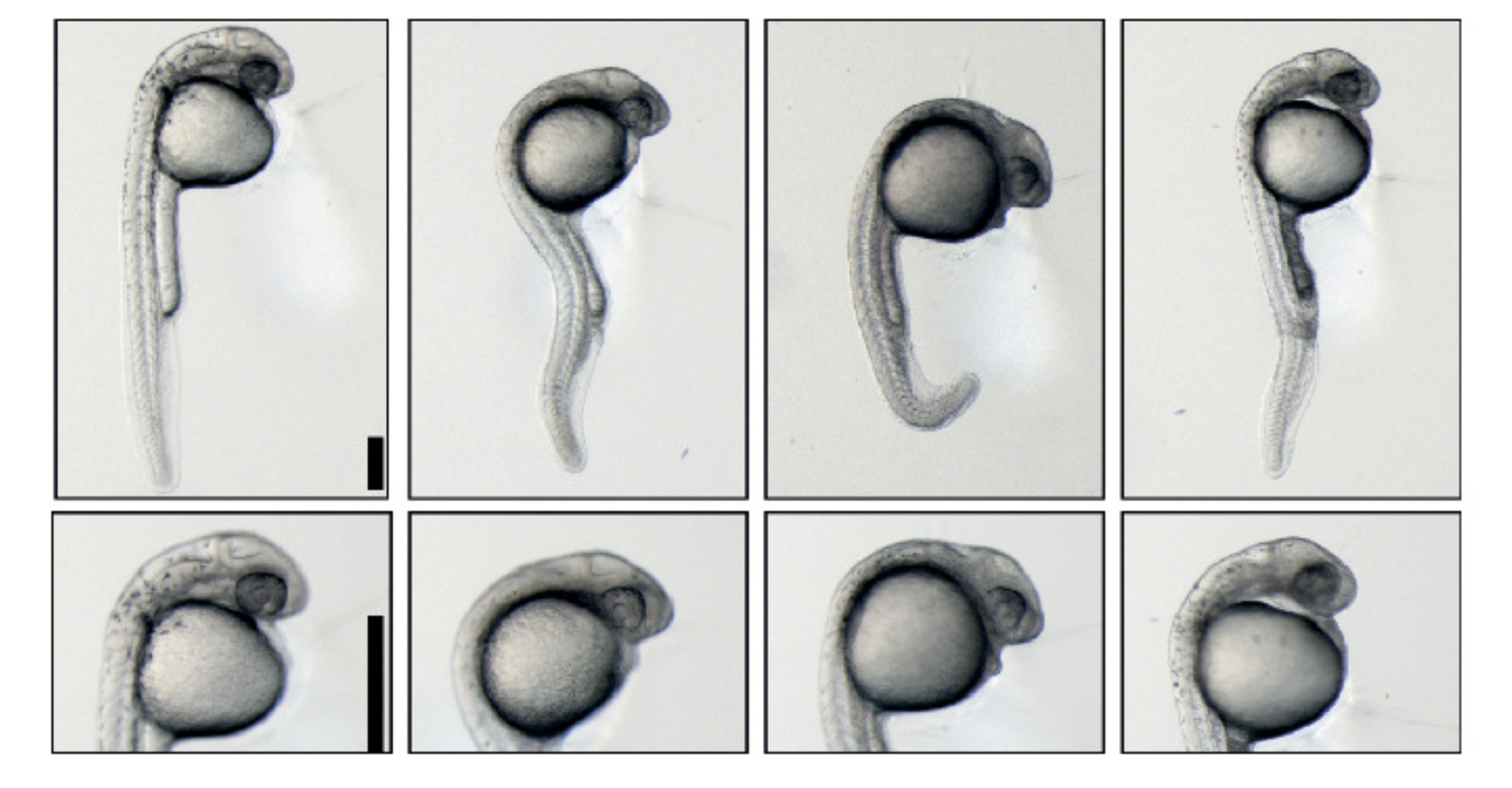Several key findings emerged from the examination of repetitive DNA sequences that have historically been difficult to study. The researchers were able to resolve challenging regions associated with immune responses and identified significant variability—and similarities—in genomic architecture. Specifically, they discovered that the arrangement of genes and genetic regions that rapidly evolve could help explain how the environment and evolution shape primates’ survival and development of new species.
“This work may have wide-ranging implications underlying how primate genomes evolved to allow different species to occupy particular environments,” said Gerton. “As most of these primates are endangered, the new assemblies may also aid in conservation efforts.”
The Gerton Lab at the Stowers Institute studies repetitive regions called ribosomal DNA (rDNA), which encode the RNA component of ribosomes, the molecular machines inside cells that make proteins. These regions exhibit high variability in repeat number, both among primates and within human populations, primarily residing on the short arms of chromosomes with asymmetric arm lengths called acrocentric chromosomes. The lab’s contribution to the study highlights unique patterns of rDNA repeats.
The researchers observed that rDNA repeat regions occur on different chromosomes among primates and humans, suggesting that these regions are rapidly evolving. Future studies will focus on how these regions of primate chromosome evolve. The researchers also demonstrate that the number of rRNA gene copies per chromosome and per individual varies greatly. Additional studies in the future will investigate how this variation may be linked to diseases like cancer, infertility, and congenital conditions.
“These assemblies and comparative data, which are freely available to the scientific community, will be a game-changer in our efforts to understand the stability and evolution of primate chromosomes,” said Gerton.
Additional Stowers authors include Sean McKinney, Ph.D., Tamara Potapova, Ph.D., Graciela Monfort Anez, and Matthew Borchers.
The Stowers Institute’s contribution to this work was funded by the National Cancer Institute of the National Institutes of Health (NIH) (award: R01CA266339) and by institutional support from the Stowers Institute for Medical Research. The content is solely the responsibility of the authors and does not necessarily represent the official views of the NIH.




